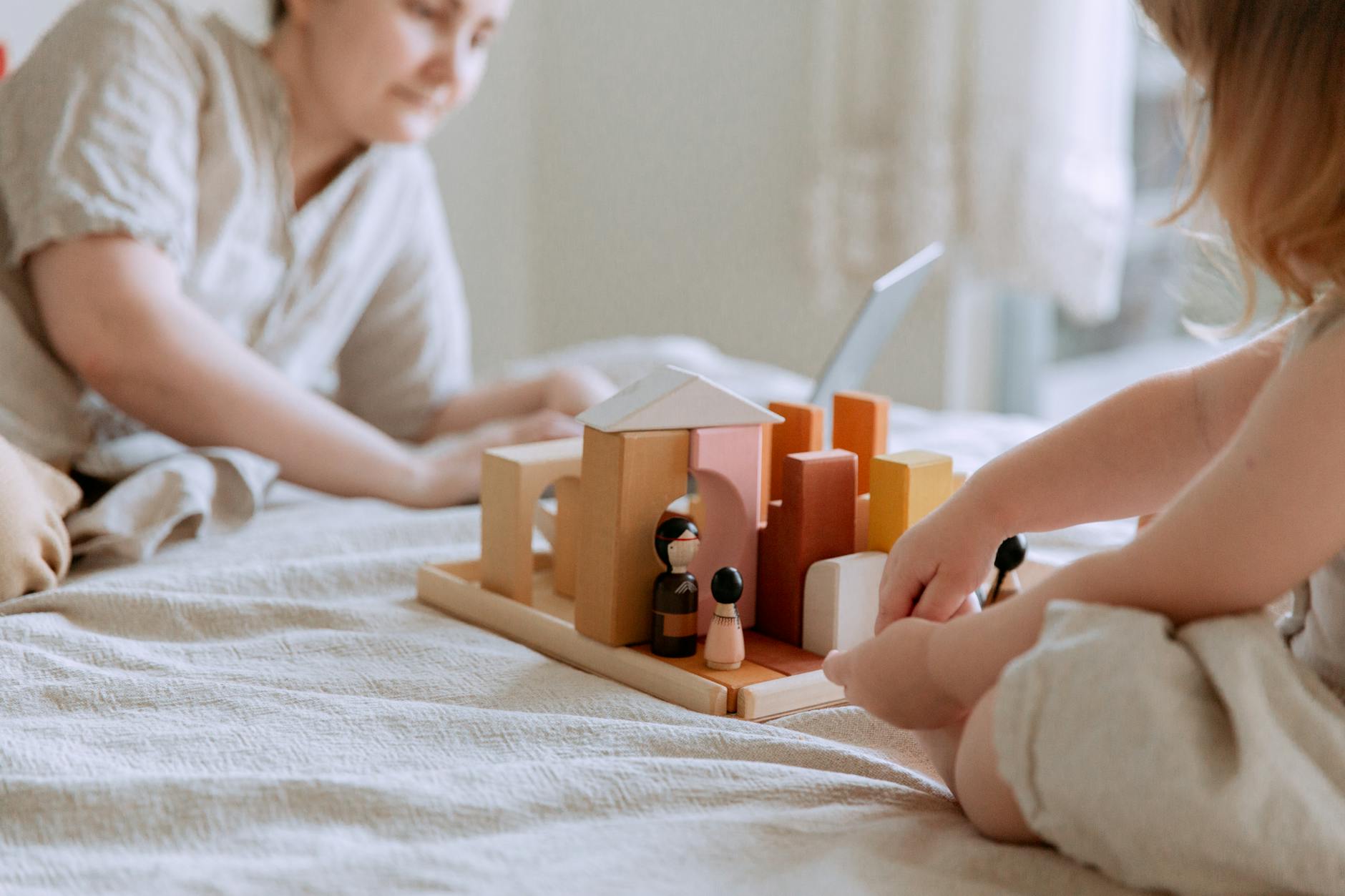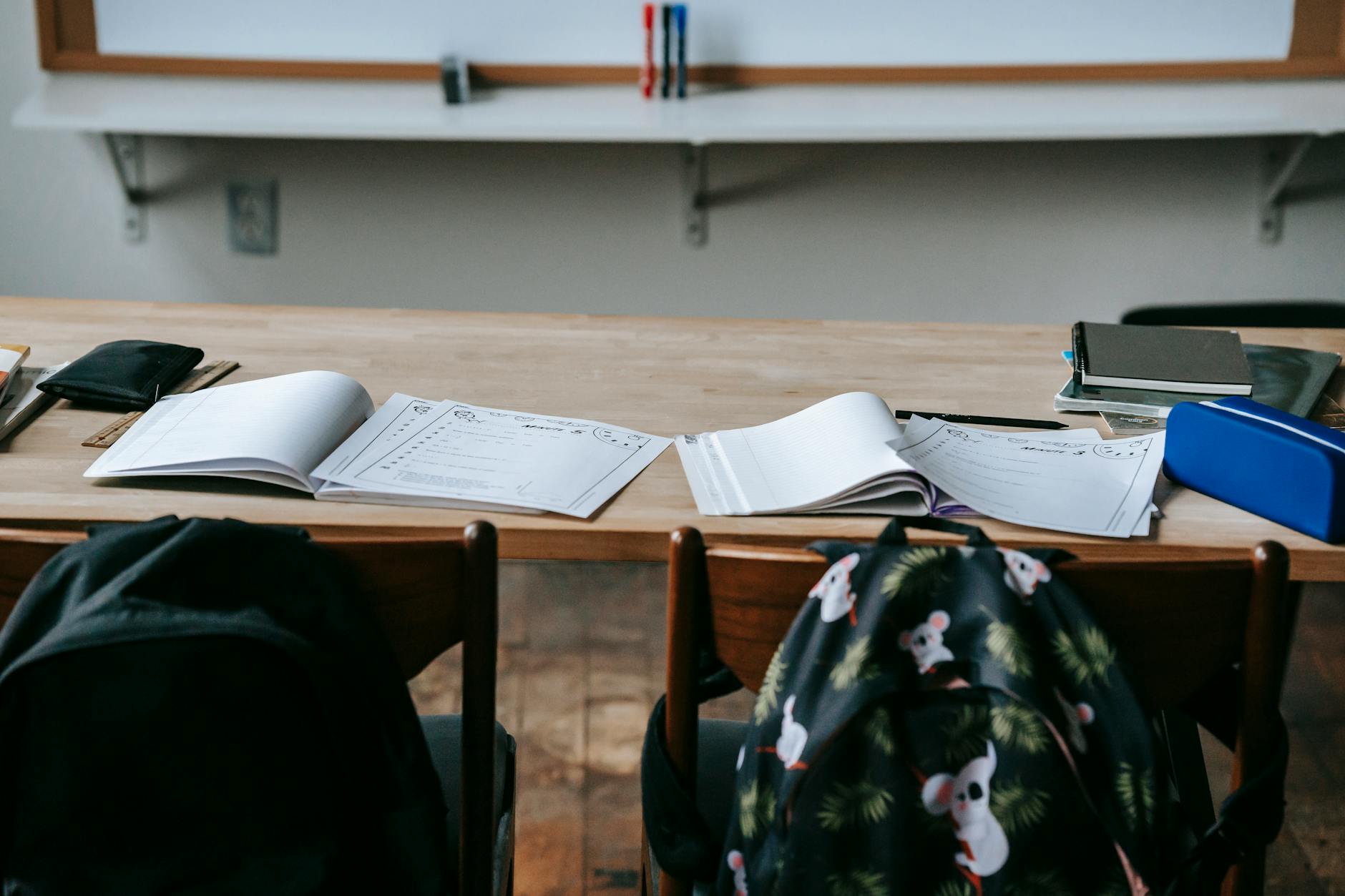Why Experiential Learning is Gaining Popularity in the United States

What is Experiential Learning
Experiential learning is an engaging approach to education that emphasizes hands-on activities, pushing students to dive deeper into their subjects through active participation. Unlike traditional lecture-based learning, it encourages students to engage in practical tasks, promoting a better understanding and retention of the material. Key concepts involve direct experiences that coincide with significant reflection periods, helping learners to anchor abstract theories into concrete knowledge. This educational model opens the door for individuals to develop problem-solving capabilities and critical thinking skills, which are essential in today’s world.
Key Concepts Explored
Several foundational concepts pave the way for effective experiential learning. One of them is "learning by doing," which stresses that the most impactful learning happens through direct interaction with real-world tasks. Another vital concept is reflection, encouraging students to thoughtfully consider their personal experiences to derive insights. Finally, the importance of cultivating intrinsic motivation through activities that resonate with and engage students, like paint and sip nyc, cannot be understated. This makes learning more relevant and enjoyable.
Historical Background
The roots of experiential learning stretch back to classical education theories, with philosophers like John Dewey championing the cause. Dewey argued for an education system interlinked with experience and real-life challenges. This idea gained traction in the 20th century, aligning with innovative educational practices at institutions like the San Francisco Cooking School. The Mission District's Clayroom also plays a part in modern approaches by offering pottery workshops that reinforce the essence of learning through active participation.
Models and Approaches
Experiential learning models vary, encompassing diverse methods from Kolb's Experiential Learning Cycle to project-based learning and simulations. Each model emphasises learning as a cyclical process that involves experiencing, reflecting, conceptualising, and experimenting. Activities such as pottery classes chicago or paint and sip chicago illustrate practical approaches that invite participation and deeper understanding, ultimately serving as solid examples of experiential learning in action.
Benefits for Students
Skill Development
Incorporating experiential learning into education offers a wealth of advantages, notably in skill development. Students actively participating in hands-on activities cultivate critical thinking and problem-solving abilities that are often lacking in traditional learning environments. For instance, engaging in cooking classes NYC not only hones culinary arts but also encourages teamwork and sharpens time management skills. Such environments are where learners can practice and enhance soft skills like communication, adaptability, and leadership, preparing them for future challenges in both personal and professional realms.
Engagement and Motivation
Experiential learning methods heighten student engagement and motivation by providing a more dynamic and personal approach to education. These methods can be particularly effective as bachelorette party ideas, where participants are actively involved in the learning process, making the experience memorable and impactful. Instead of passively receiving information, students are immersed in interactive activities that capture their interest, sustaining focus and enthusiasm over traditional classroom settings. This active involvement fosters a deeper connection with the subject matter, driving motivation and leading to enhanced academic performance.
Enhanced Retention
One of the most significant benefits of experiential learning is the enhancement of information retention. By practicing and applying concepts in real-world scenarios, students are more likely to remember what they've learned. This approach resembles experience gifts, where the memorable nature of the activity reinforces knowledge retention. By transforming learning into a more immersive and practical experience, students can bridge the gap between theoretical knowledge and real-life application, making the learning experience both meaningful and long-lasting.
Popular Experiential Learning Methods
Field Trips and Programs
Field trips and organized programs allow students to step out of the conventional classroom setting and immerse themselves in activities that foster real-world understanding. These excursions serve as a practical platform where students can engage with subject matter directly, enhancing their problem-solving and critical thinking skills. For instance, a visit to an art museum or historical site can bring textbooks to life, providing vivid examples of class concepts. Programs like pottery classes nyc are excellent routes for hands-on learning, offering students a taste of different art forms and cultures, expanding their creative horizons.
Internships and Workshops
Internships and workshops are invaluable tools for experiential learning, bridging the gap between academic theories and their practical applications in real-world scenarios. By engaging with industry professionals and tackling actual projects, students gain firsthand experience in their field of interest. These opportunities not only provide practical skills but also enable learners to build relationships with potential mentors. Exploring opportunities like cooking classes san francisco offers a dual benefit: learning new culinary skills while also understanding the cultural significance of diverse cuisines.
Service-Learning Projects
Service-learning projects blend community service with structured classroom objectives, facilitating mutual growth for students and the community. By participating in these initiatives, students can apply academic knowledge to solve real challenges, growing personally and academically. Projects like organizing community events in San Francisco’s vibrant Golden Gate Park allow students to connect with societal needs, fostering empathy, teamwork, and public engagement. These immersive experiences encourage students to view their education as a tool for positive societal impact, aligning perfectly with David Brooks’ aim to blend creativity with social contribution.
Implementing Experiential Learning in Classrooms
Designing Activities
Incorporating experiential learning activities into the classroom requires thoughtful planning and consideration of students' needs and interests. A diverse mix of hands-on and creative pursuits, such as a pottery class San Francisco style project, can invigorate the learning environment. Begin by understanding the objectives you want your students to achieve, and then tailor the activities to align with these goals. Incorporate real-world scenarios that encourage students to apply theoretical knowledge in practical settings.
Integrating Technology
Integrating technology into experiential learning can elevate the educational experience and cater to the tech-savvy nature of today's students. Platforms that offer virtual team building activities can foster collaboration and communication amongst students, even from a distance. Use online forums, discussion boards, and multimedia presentations to enhance learning and allow for dynamic student interactions. Incorporating digital tools not only enriches the lesson but also prepares students for the future digital landscape.
Assessing Outcomes
When evaluating experiential learning, traditional testing methods might not suffice. Instead, consider utilizing project-based assessments and reflective journals to capture the depth of students’ learning experiences. Encourage students to share feedback and self-assess their progress. This form of assessment allows educators to gain a comprehensive understanding of each student's growth and the overall effectiveness of the experiential activities implemented. Make sure that these assessments align with the goals initially set to ensure both educational and personal development for students.
Addressing Challenges in Experiential Learning
Navigating Resource Limitations
In San Francisco, the pull towards experiential learning is as diverse and intriguing as the city itself. However, like any venture, there are hurdles. One critical challenge is resource limitations. For creative seekers like us, maximising existing resources can be a game-changer. Whether it’s utilising community spaces like Golden Gate Park for workshops or tapping into local expertise, there’s always a way. For example, the Clayroom in the Mission District often hosts budget-friendly pottery workshops. Such opportunities can provide innovative solutions for resource constraints, allowing us to engage without the hefty price tag. Embracing community connections can fill resource gaps.
Measuring Experiential Success
Transitioning from traditional metrics to assess hands-on experiences can be daunting. As tech-savvy professionals, incorporating digital tools like apps to track progress can offer a fresh perspective. For instance, apps that facilitate self-reflection or peer feedback during a cooking class at the San Francisco Cooking School can enhance the learning process. It’s about evolving our evaluation framework to capture the essence of experiential learning genuinely—valuing both personal growth and skill accomplishment.
Balancing Curriculum with Experiences
Striking a balance between theoretical curriculum and immersive experiences is crucial. Integrating experiential activities should not overshadow foundational knowledge. Tailor your journey by blending structured learning with discovery. For instance, pairing a workshop on sustainable practices with a project in Golden Gate Park offers a beautiful symmetry between learning and application. The key is to layer experiences without disrupting core educational objectives.


